Ladakh’s Famous Dishes, often referred to as the “Land of High Passes,” is known for its breathtaking landscapes and rich and diverse culinary heritage.
However, in this gastronomic journey, we delve into the heart of Ladakh, uncovering the secrets behind its famous dishes that have been savored amidst the majestic Himalayan peaks.
Nestled within the towering peaks of the Himalayas, Ladakh’s Famous Dishes is more than a geographical marvel; it’s a cultural treasure trove, and its culinary heritage is a testament to the rich history and resilience of its people.
Often referred to as the “Land of High Passes,” Ladakh beckons adventurers and food enthusiasts alike to embark on a gastronomic journey amidst its breathtaking landscapes.
1. Ladakh’s Unique Culinary Landscape

While Nestled high in the Himalayas, Ladakh’s cuisine reflects the region’s geographical isolation and harsh climate.
The scarcity of resources has led to a culinary artistry that relies on locally sourced ingredients and traditional cooking methods.
The geographical isolation of Ladakh, characterized by rugged mountains and high-altitude desert terrain, has played a pivotal role in shaping its culinary practices.
Further, the limited accessibility and extreme weather conditions have led the local population to rely on locally sourced ingredients, cultivating a deep connection between the Ladakhi people and their environment.
2. Ladakh’s Signature Dish: Skyu
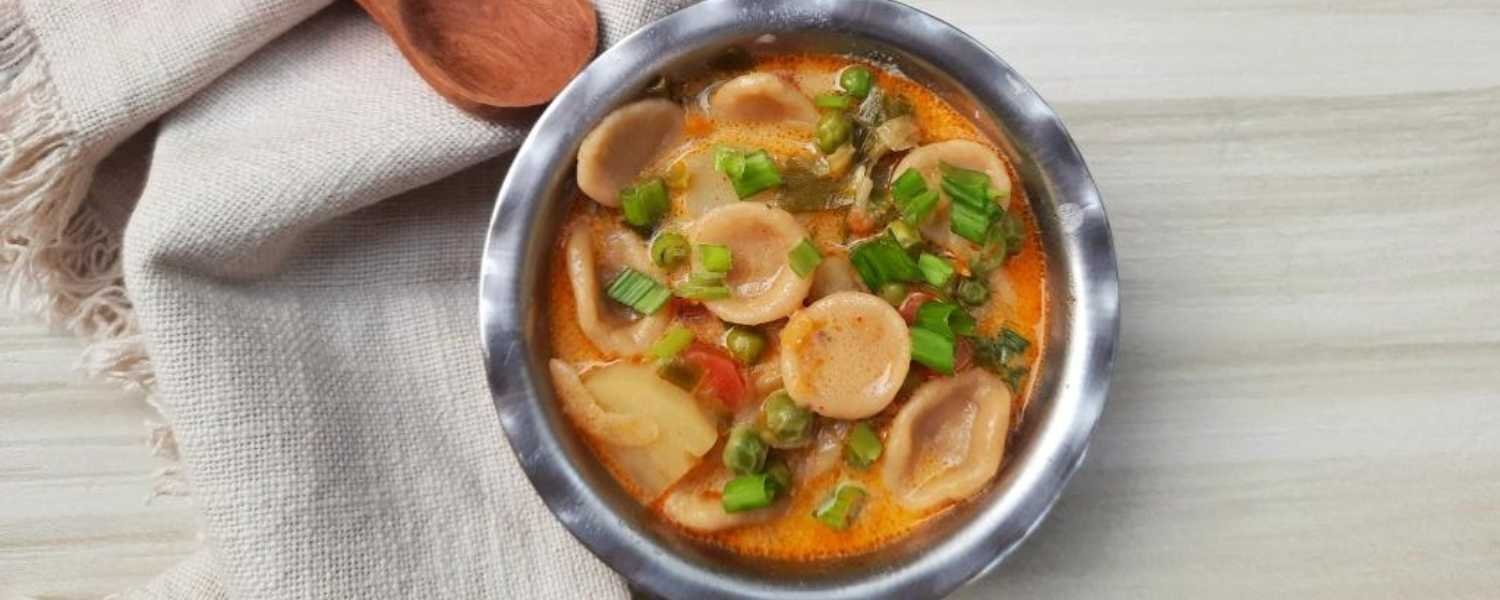
Among the plethora of Ladakhi dishes, ” one ” stands out as a symbol of Ladakhi identity is “Skyu.”
This hearty noodle soup has been a generation staple, often prepared with root vegetables and meat. The dish not only warms the body in the chilly mountain climate but also captures the essence of Ladakhi culture.
Amidst the vast array of Ladakhi culinary delights, one dish that rises above the rest, both in popularity and cultural significance, is the iconic “Skyu.”
Much more than a mere noodle soup, Skyu is a culinary masterpiece that has become a symbol of Ladakhi identity, encapsulating the essence of this high-altitude region’s culture and heritage.
3. Thukpa – Ladakh’s Comfort Food

Another beloved dish is Thukpa, a noodle soup that has become a comfort food for locals and visitors alike. The flavorful broth, laden with aromatic spices, is a testament to Ladakh’s culinary ingenuity.
Thukpa has transcended its humble origins to become a culinary ambassador for the region.
Thukpa, at its core, is a simple yet soul-satisfying noodle soup. What sets Ladakhi Thukpa apart is the infusion of local flavors and spices, transforming it into a culinary delight that resonates with both locals and visitors.
The dish is a harmonious blend of hand-pulled noodles, fresh vegetables, and succulent meat, often chicken or mutton, all simmered to perfection in a broth that embodies Ladakh’s culinary ingenuity.
4. Momos: A Himalayan Delicacy
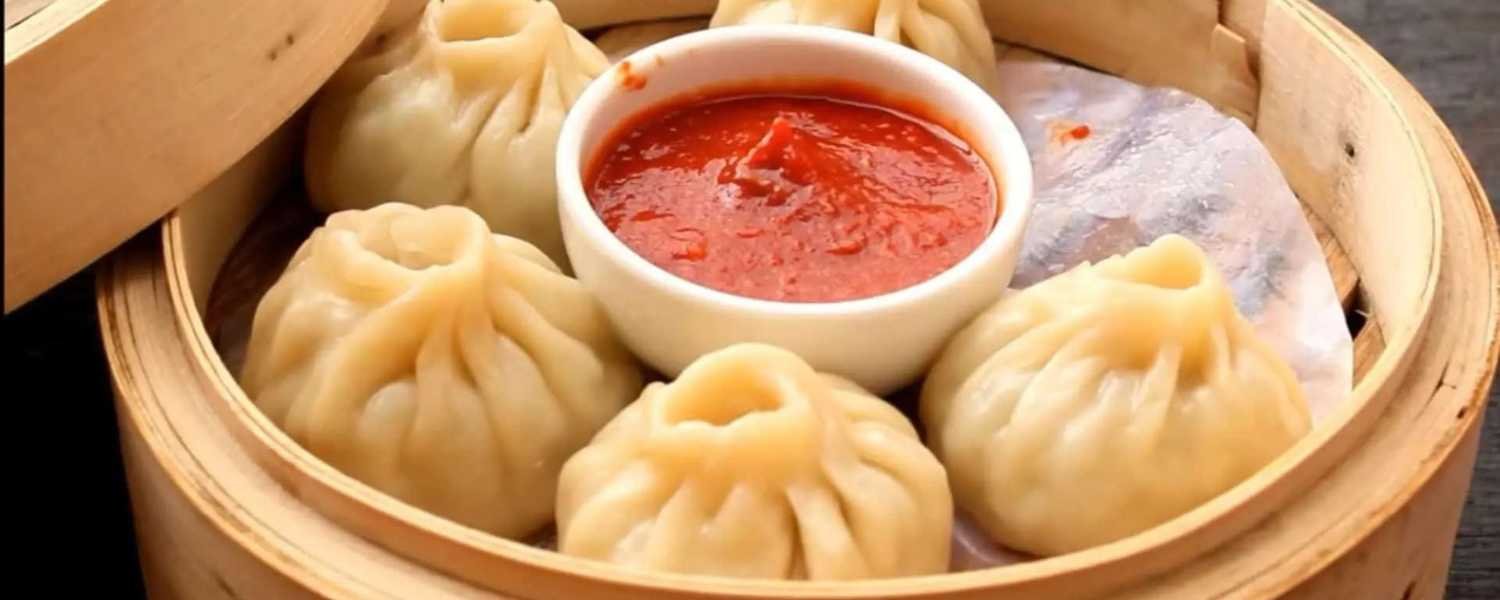
All exploration of Ladakh’s cuisine is complete with mentioning momos. These delectable dumplings, filled with various ingredients, showcase Ladakh’s cross-cultural influences.
Momos have become a ubiquitous treat enjoyed by locals and tourists alike.
Momos are more than just dumplings; they are a labor of love, a culinary art form perfected over generations.
The dough, typically made from flour, water, and a pinch of salt, is meticulously kneaded to achieve the perfect consistency.
The filling, a symphony of flavors, often features a combination of minced meat (such as mutton or chicken), vegetables, and an array of aromatic spices.
5. Tigmo – Ladakh’s Unique Bread
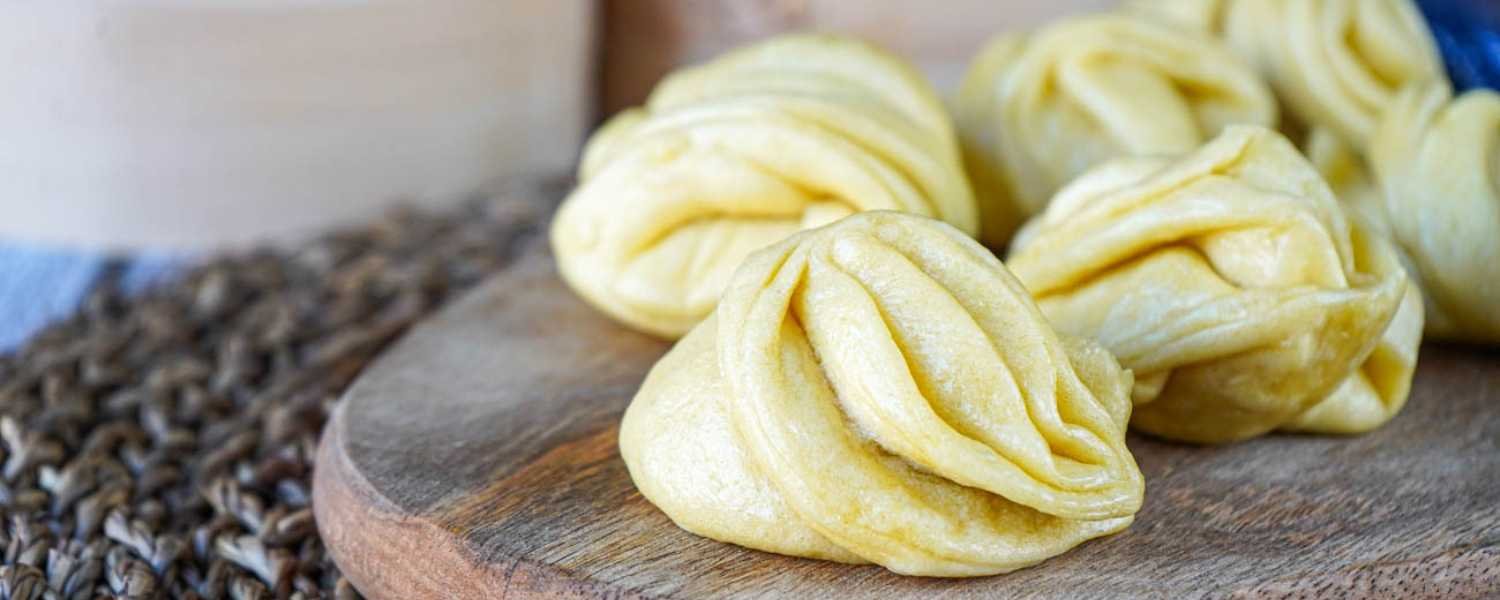
Tigmo, a steamed bread, holds a special place in Ladakhi dining. This unique bread, often served with spicy side dishes, highlights the resourcefulness of Ladakhi people in adapting to their challenging environment.
Exploring the preparation and significance of Tigmo provides insights into Ladakh’s cultural and culinary tapestry.
In the high-altitude realm of Ladakh, where every meal is a celebration of culinary resourcefulness, one unique bread takes center stage – Tigmo.
This steamed bread served with an array of spicy side dishes, not only tantalizes the taste buds but also showcases the ingenuity of Ladakhi people in adapting to their challenging environment.
Delving into the preparation and significance of Tigmo unveils layers of Ladakh’s rich cultural and culinary tapestry.
6. Local Ingredients and Traditional Techniques
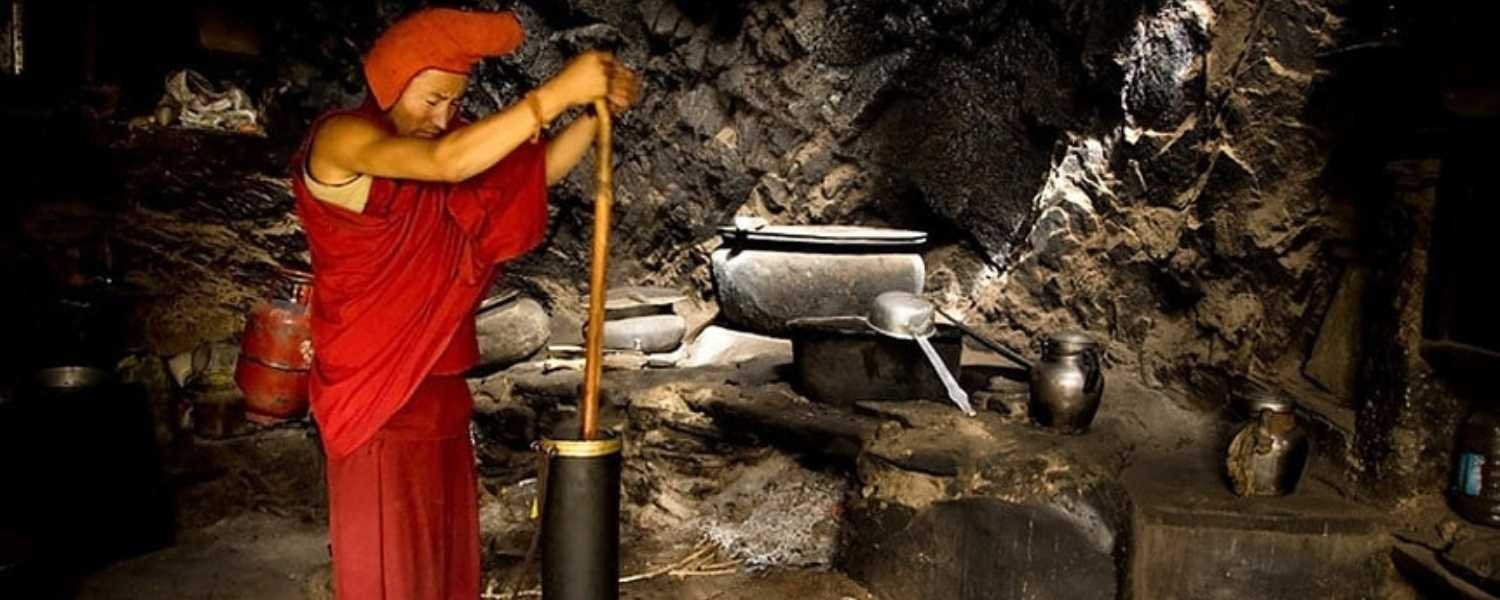
Ladakh’s cuisine relies heavily on locally sourced ingredients, showcasing the region’s agricultural practices and sustainability.
Traditional cooking methods, such as sun-drying and fermentation, are integral to preserving food in this high-altitude environment.
In the remote landscapes of Ladakh, where the air is thin and the terrain rugged, the cuisine is a testament to the harmonious relationship between the people and the land.
Ladakh’s culinary identity is deeply rooted in the use of locally sourced ingredients, a practice that not only captures the essence of the region but also reflects the sustainability and resourcefulness of Ladakhi people.
7. Challenges and Innovations in Ladakhi Cuisine
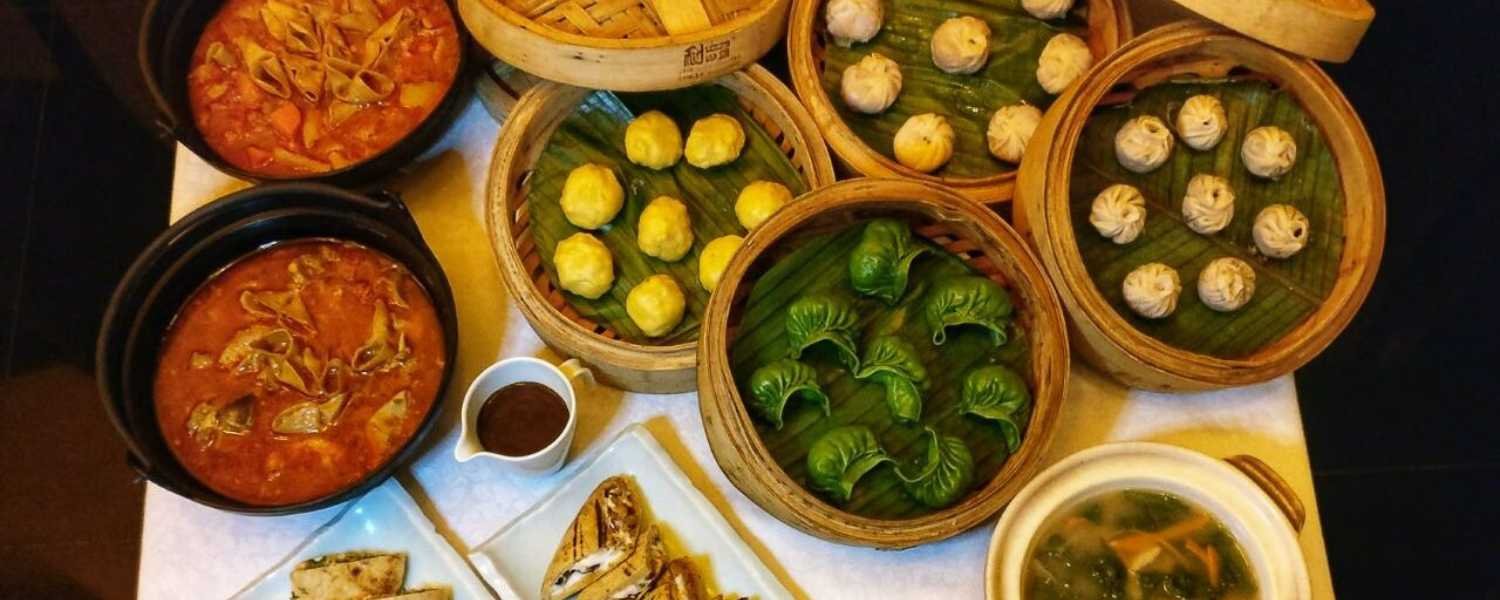
The harsh climate and geographical constraints pose challenges to Ladakh’s culinary scene. However, the locals have embraced innovation, incorporating modern techniques without compromising the authenticity of their dishes.
This adaptability reflects the resilience of the Ladakhi people in preserving their culinary heritage.
In the breathtaking but formidable landscapes of Ladakh, the culinary scene faces unique challenges due to the harsh climate and geographical constraints.
Yet, what sets Ladakhi cuisine apart is not just its ability to endure these challenges but the remarkable innovation that has been woven into its gastronomic fabric.
The locals, guided by their deep connection to the land and rich culinary heritage, have embraced innovation, blending traditional wisdom with modern techniques to create a cuisine that stands resilient against the test of time.
8. Preserving Ladakh’s Culinary Legacy
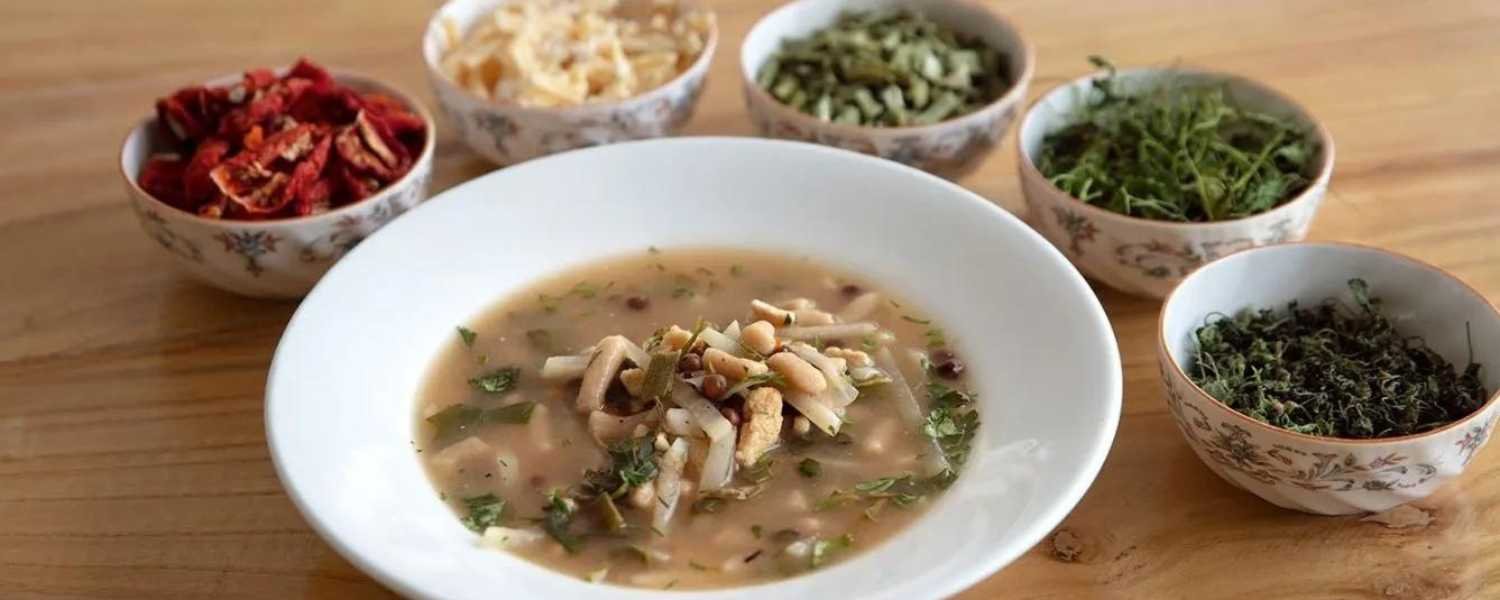
In the face of changing landscapes, there is a growing effort to preserve Ladakh’s unique culinary legacy.
Initiatives to document traditional recipes, promote sustainable farming practices, and celebrate local ingredients contribute to preserving Ladakh’s rich gastronomic heritage.
Ladakh, with its stunning landscapes and rich cultural heritage, is not just a land of majestic mountains; it is also a repository of a unique culinary legacy.
As changing landscapes and evolving lifestyles shape the region, there is a growing awareness and effort to preserve the distinct flavors and traditions that define Ladakhi cuisine.
Initiatives are underway to document traditional recipes, promote sustainable farming practices, and celebrate local ingredients, collectively contributing to the preservation of Ladakh’s rich gastronomic heritage.
Conclusion
Additionally, from the rugged mountain terrain to the dining tables of Ladakh’s Famous Dishes, the famous dishes of this region tell a story of resilience, resourcefulness, and cultural richness.
Each bite carries the essence of Ladakhi identity, making the culinary journey through Ladakh’s Famous Dishes a truly unforgettable experience.
Ladakh’s famous dishes are not just a collection of flavors; they are a testament to the rich cultural tapestry and breathtaking landscapes of the region.
Each bite carries the essence of the high Himalayas, the warmth of Ladakhi hospitality, and the centuries-old culinary traditions.
Moreover, from savory momos to hearty thukpa, Ladakh’s gastronomic offerings invite you to savor a taste of the mountains.
Whether you’re a culinary enthusiast or an adventurous foodie, the iconic dishes of Ladakh provide a delicious conclusion to a journey that transcends both palate and place.
For more related food blogs subscribe us now!

